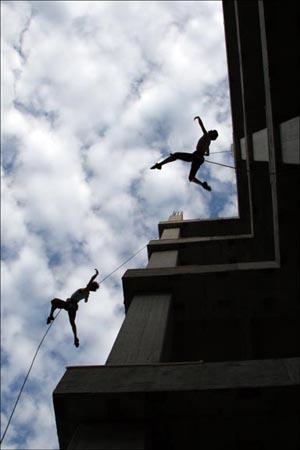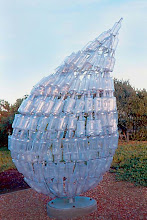
As a basic working definition, site-specific dance involves the artist performing in the real world, using the location and its surroundings as part of the piece. Interestingly, some believe that site-specific dance stemmed from unhappy dancers who participated in dance companies. As a result of this discontent, the dancers left the theater and began to perform in the streets and other locations outside of the theater, combining choreography and improvisation to form a performance piece based on the site picked.
Major areas, such as Hong Kong, now encourage site-specific dance as a means of expressing creativity and hold festivals in order to show their support for the creation of this unique art form. In 2007, Hong Kong introduced the first Site-Specific Dance Festival, inviting people from all around the world to perform in the streets. Since then, other major cities have opened their facilities and invited dancers to create a performance within a certain space. The dancers are challenged to work within the space provided as well as around any other people that are present. Some of the artists provide their own props, allowing passers-by to interact with them, adding to the specificity of the site as well as adding a situational aspect to their performance. However, there are also other artists who act as though they are the only ones in the room, ignoring other people by moving around them. An interesting example of this sort of variety of site-specific dance can be found in Beyond the Threshold: Seattle International Dance Festival.
Questions to consider:
-Can anyone create a site-specific dance? If this is the case, what is the difference, if any, between street performers and site-specific dancers?
-Does having someone else dictate the site in which you perform (such as in these site-specific dance festivals) change the significance of the piece?










is there an author of this need for citing purposes
ReplyDelete